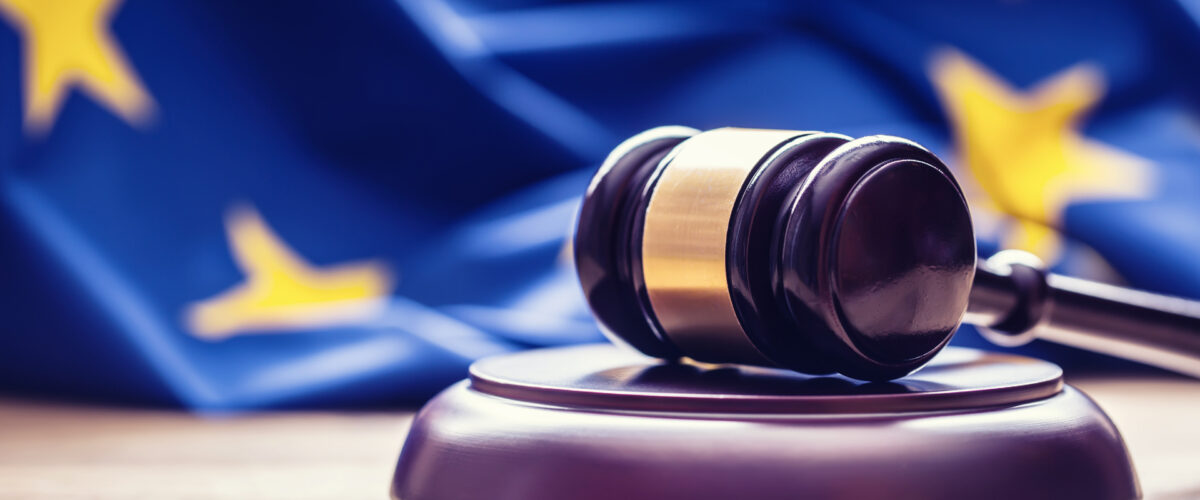Artikel | 7 maj 2021
"Launch at risk” does not exclude a right to indemnification for losses suffered from a preliminary injunction

Recent Swedish case law shed new light on indemnity liability after a preliminary injunction was lifted. Although, according to many, case law from the CJEU points in the other direction, strict liability still applies in Sweden.
In the context of patents in particular, it is common for generic and biosimilar companies to launch products that, on paper, may infringe patents, but that are nevertheless launched because it is assumed that the patents will soon be revoked (“launch at risk”). The patent holder will, in that situation, typically turn to the courts to obtain a preliminary injunction against its competitor by way citing a (at that time) valid patent right. The competitor is thereby prohibited from all sales and marketing of a certain product until the issue of the alleged infringement is settled, or until the injunction is revoked, most commonly because the patent is revoked as well.
As the sales ban can no longer be upheld, for whatever reason, it also becomes clear that it should never have been issued in the first place. The competitor has wrongfully suffered losses from months or even years of prohibited sales.
Following the European Court of Justice’s ruling in C-688/17 (“the Bayer Ruling”), which was announced in the autumn of 2019, it has been heavily debated whether the ruling implies that a “launch at risk” excludes the right to indemnification if the party affected has not first brought an action for the invalidity of the patent and also awaited the outcome of that action. The reasoning in the Bayer Ruling has also been interpreted by some as establishing that the parties’ intentions and actions will determine whether any indemnity liability can exist. According to this interpretation, national courts must first determine whether the patent holder was justified in seeking a preliminary injunction. This, in turn, would mean that strict liability cannot be applied since it is typically triggered by an event (the revocation of the injunction) rather than by the actions of a party. In a Swedish legal context, this would mean a departure from previous Swedish case law of the Supreme Court.
The interpretation of the Bayer Ruling came to a head in a recent Swedish case in Attunda District Court. A company in the business of generic pharmaceuticals was in May 2015 prohibited under penalty of a fine from selling a certain product on the Swedish market. The preliminary injunction had been granted upon request by the manufacturer of the originator product, citing an alleged patent infringement. The injunction was lifted again in March 2016 and the patent was subsequently revoked as the EPO (European Patent Office) concluded that it should never have been granted in the first place. This in turn meant that in retrospect, the holder of the (former) patent had no intellectual property right justifying the injunction.
The generic competitor initiated proceedings at Attunda District Court and claimed damages for profits lost during the 10-month injunction period.
In the Bayer Ruling, the European Court of Justice (CJEU) ruled on two questions from the Hungarian national court on the application of Directive 2004/48/ EC of the European Parliament and of the Council, often referred to as the (IPR) Enforcement Directive. The background to the Hungarian case was that two pharmaceutical companies had launched products that infringed a patent that was still valid at the time of the launch, and were then served with preliminary injunctions. As the injunctions were lifted and the patent was revoked, the parties affectedsought compensation for inter alia loss of profit as a result of the injunctions.
Under the provisions of Hungarian national law, the Hungarian court concluded that no compensation could be awarded. When the Hungarian court turned to the CJEU with the question of whether this result could be compliant with the Enforcement Directive, the Court’s answer was in the affirmative.
A crucial aspect of the reasoning in the Bayer Ruling is the discussion about how to interpret the term “appropriate compensation” in Article 9(7) of the Enforcement Directive, not least since the CJEU explicitly states that “the concept of ‘appropriate compensation’ must be regarded as an autonomous concept of EU law which must be given a uniform interpretation throughout the territory of the European Union”. This statement in turn may be read as meaning that no member state may apply strict liability, since that form of compensation was not available in the Hungarian case, where the CJEU clearly supported the outcome, which was that no compensation at all was appropriate. Further to this, it was obvious that the outcome in the Hungarian case depended on how each party had acted on the market, an aspect that will not automatically be considered when strict liability applies.
However, the District Court of Attunda held that a uniform interpretation of “appropriate compensation” does not mean that the CJEU aims to determine that all member states are obliged to opt for a specific regime governing liability. The term rather means that the compensation should be appropriate in relation to the loss suffered. As regards the CJEU’s reasoning on how to take each party’s actions into account when determining appropriate compensation, the Swedish court concludes that this is also possible with the application of strict liability, since the final amount payable to the suffering party may be modified if that party has failed to limit its own losses or if it has contributed to its own loss.
Hence, the conclusion of the District Court of Attunda was that the enforcement of Swedish law, with strict liability for losses caused by a preliminary injunction that was subsequently lifted, is indeed compliant with EU law. The generic company was entitled to damages despite the objections raised by the former patent holder with reference to the Bayer Ruling.
Apart from its clarifications regarding the strict liability regime in Sweden, Attunda District Court also sheds light on the reasoning and standards of proof to be applied in relation to the calculation of damages in situations where lost profits are determined through a comparison between the actual scenario (where an injunction was granted) and a counterfactual scenario (where no injunction was granted) in complex market situations with potential competition from several generics and parallel importers.
The ruling has not yet gained legal force and it remains to be seen whether it will be appealed.


